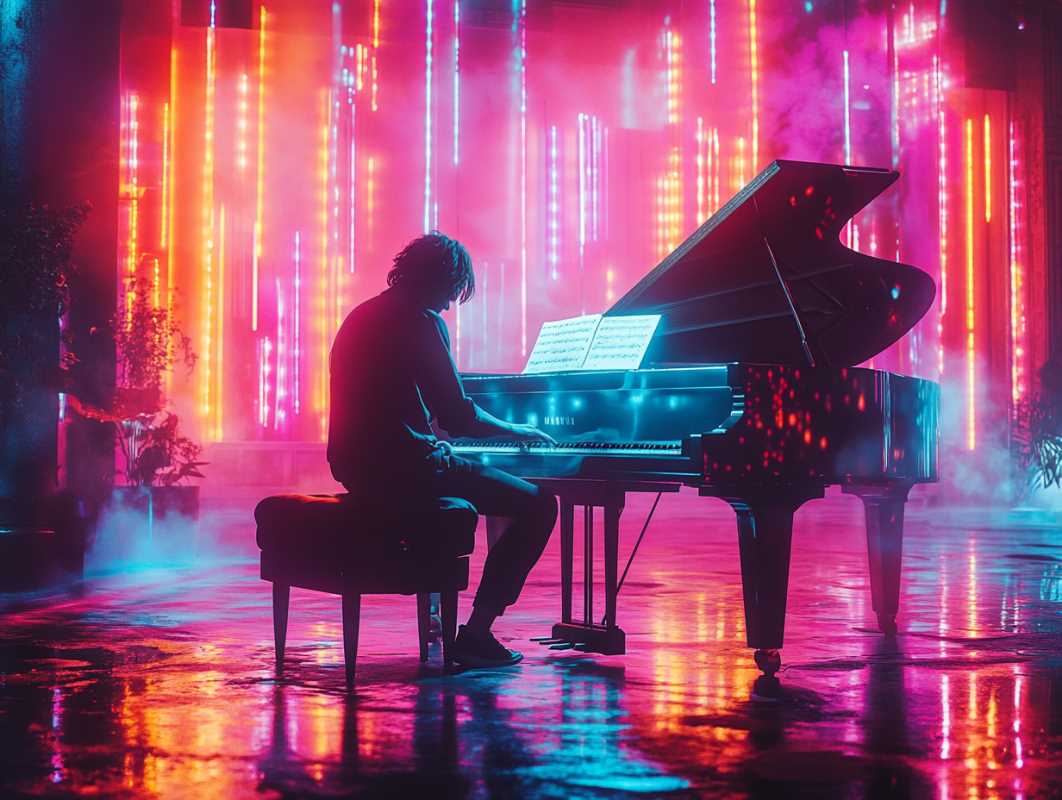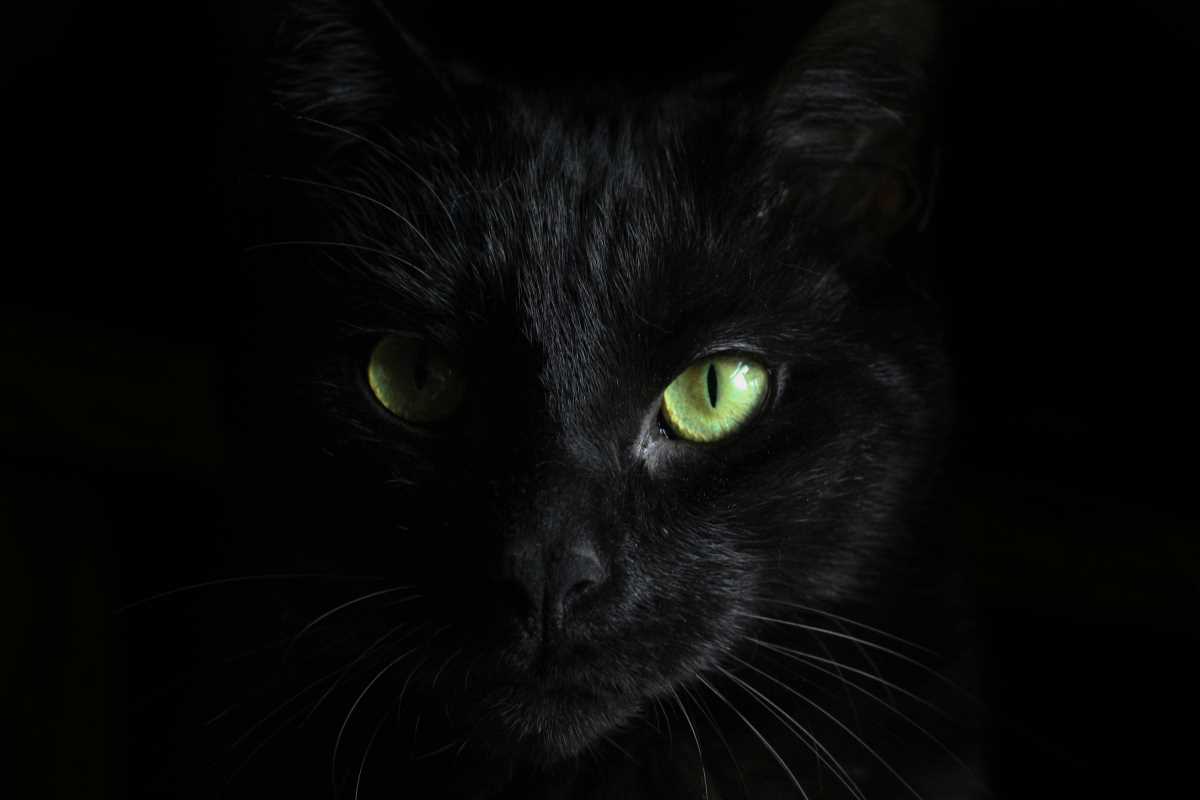Color is more than a visual element; it’s a language that communicates mood, emotion, and intention. In music videos, where visuals work hand-in-hand with sound to tell a story, color plays a pivotal role in shaping the viewer's emotional journey.
From vibrant hues that electrify to muted tones that soothe, directors use color theory to evoke specific feelings, amplify the music’s message, and guide the audience through the narrative. Unlike dialogue or lyrics, color subconsciously influences how viewers perceive a song and its themes.
Music videos are uniquely positioned to exploit this power. With their short runtime and intense focus on aesthetics, they can use color boldly and dynamically, crafting immersive experiences that linger in the viewer’s mind long after the music fades. But how exactly does color achieve this? By diving into the principles of color theory, we can unravel the relationship between hue, emotion, and artistic intent.
The Psychology Behind Color Choices
At its core, color theory explores the relationship between colors and their psychological effects on humans. Certain hues are universally associated with specific emotions or ideas. For example:
- Red: Passion, energy, danger, or love
- Blue: Calm, sadness, trust, or introspection
- Yellow: Happiness, energy, or caution
- Black: Mystery, power, or grief
- Green: Growth, envy, or harmony
These associations are not arbitrary. They’re rooted in both cultural symbolism and physiological responses. Warm colors like red and orange can raise heart rates and evoke excitement, while cool colors like blue and green tend to relax and calm the mind.
These principles guide directors in creating emotional resonance in music videos. For example, a melancholy ballad might feature muted blues and greys to mirror the song’s introspection, while a high-energy pop anthem might burst with yellows and pinks to evoke joy and exuberance.
The strategic use of color can also manipulate mood transitions within a video, aligning visual cues with shifts in music. For instance, a transition from desaturated tones to vivid colors might underscore a narrative arc of despair giving way to hope.
How Color Enhances Genre and Narrative
Different genres of music videos often have distinct visual styles, with color playing a critical role in defining their aesthetic.
In hip-hop, bold and saturated colors dominate, reflecting themes of confidence, power, and urban vibrancy. Bright reds and golds often appear in videos celebrating success and luxury, while darker tones like black and deep blue enhance narratives of struggle and resilience.
A muted, pastel palette is common in alternative or indie music, creating a sense of intimacy and authenticity. These colors convey emotional depth and rawness, complementing the genre’s often introspective lyrics.
Electronic and dance music videos, by contrast, use neon and ultraviolet tones to evoke energy and futuristic vibes. These visuals immerse viewers in an almost otherworldly experience, amplifying the music’s pulsating beats and hypnotic rhythms.
Thoughtful color choices also enhance the narrative element of music videos. For example, a breakup song might use cold, stark colors to depict isolation, whereas a reconciliation scene could use warmer, richer hues. This visual storytelling aligns with the emotional beats of the music, creating a seamless blend of sound and imagery.
Techniques for Using Color in Music Videos
Filmmakers and visual artists integrate color theory into music videos using several techniques, transforming abstract ideas into tangible emotional experiences.
Monochromatic Palettes
Monochromatic palettes create a strong emotional focus by using a single dominant color. For example, Billie Eilish’s “When the Party’s Over” immerses viewers in a stark white environment, accentuating feelings of emptiness and vulnerability. The simplicity of monochrome can heighten emotional intensity by stripping away distractions.
Complementary Colors
Pairing colors opposite on the color wheel - like blue and orange or red and green - creates striking visual contrast. This technique often symbolizes conflict or duality in a video’s narrative. It can also draw attention to specific elements, guiding the viewer’s focus.
Gradient Transitions
Gradients and color transitions are especially powerful in music videos with evolving storylines. For example, a gradient from dark to light might visually represent a journey from despair to hope, mirroring the emotional arc of the song.
Lighting and Filters
Lighting plays a critical role in achieving the desired color effect. Warm lighting can make even ordinary colors feel vibrant and inviting, while cool lighting can turn the same palette cold and distant. Filters applied in post-production further enhance these effects, allowing for precise manipulation of mood and tone.
Symbolic Color Placement
Color can also act as a narrative device, with specific hues symbolizing characters, emotions, or events. In Beyoncé’s “Lemonade,” for example, yellow signifies empowerment and rebirth, aligning with the song’s themes of resilience and transformation.
How Color Engages the Viewer
Color doesn’t just convey emotion - it creates an immersive experience that deepens the viewer's connection to the music. This engagement is especially critical in an era where attention spans are short, and visuals need to captivate immediately.
Beyond its emotional impact, color can make a music video iconic. Think of the candy-colored dreamscapes of Katy Perry’s “California Gurls” or the brooding neon noir of The Weeknd’s “Blinding Lights.” These videos stick in viewers’ minds, largely thanks to their unforgettable color palettes.
Color also plays a role in accessibility and inclusivity. Bright, contrasting palettes ensure that videos are engaging even for those with visual impairments or color blindness, while clever design and symbolism can convey meaning without relying on dialogue or text.
In this way, color acts as a universal language, transcending cultural and linguistic barriers to create a shared emotional experience.
- Monochromatic palettes focus emotion
- Complementary colors highlight conflict
- Gradients mirror emotional journeys
- Lighting sets tone and mood
- Symbolic hues add narrative depth
Color theory is the unsung hero of music video production, transforming sound into sight and emotion into art. By leveraging the power of color, directors create experiences that resonate on a visceral level, making music videos not just a treat for the ears but a feast for the eyes and soul.
 (Image source: Midjourney)
(Image source: Midjourney) 





